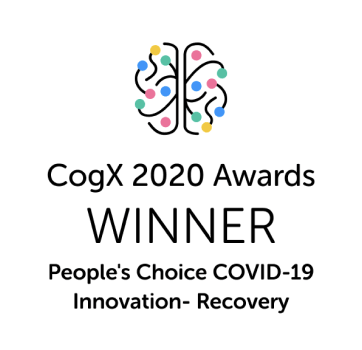An enterprise application is a large-scale software system used by businesses to manage various operations like customer service, inventory and finance. As modern functionality evolves, it's important to upgrade your enterprise application to keep pace.
And if your enterprise software is keeping you up at night because it can't keep up with evolving user needs and modern functionalities? You should enter application modernisation.
Application modernisation is the process of updating your older or legacy enterprise applications designed to support large-scale business operations, streamlining workflows, improving efficiency and driving innovation.
Reports by IBM suggest application modernisation to be a powerful solution in improving enterprise software efficiency by 10%, reducing costs by 75% and boosting annual revenue by 15%.
In this blog, we'll talk about various aspects of enterprise application modernisation, including its impacts, implementation strategies and more.
Let’s get started!
Impact of modernisation on business performance
The ongoing technological advancements across industries have led enterprises to undertake application modernisation. Surveys indicate that 92% of enterprises are either considering or currently working on application modernisation initiatives. Modernisation confers a number of benefits:
Improved efficiency and productivity
Modernisation often involves upgrading to more advanced technologies and processes. This can reduce manual tasks and automate repetitive work. For example, by integrating Artificial Intelligence (AI) and Machine Learning (ML), you can automate data entry and provide real-time clinical decision support.
Improved customer experience
Incorporating advanced analytics and AI can provide insights into customer behaviour. This information can be used to personalise marketing efforts, improve customer satisfaction and improve the overall customer experience.
Increased agility
Modernised applications can easily adapt to changing market conditions. It can move resources up or down as needed, without needing to spend a lot of money on hardware.
Better data security
Modernisation often includes upgrading security measures to protect sensitive data. Advanced security helps businesses maintain regulatory requirements and reduce the risk of data breaches.
Innovation
Enterprise applications equipped with the latest technologies can innovate to stay ahead of the competition. Innovation in areas like AI, Machine Learning can open up new revenue streams and business models.
Implementation strategies for application modernisation
For modernising an enterprise application, success will always depend upon how well the strategies of modernisation are implemented. Here are the steps you need to take to update your applications. 👇
Assessment and planning
Start by looking at the current state of your project and finding the main areas in the app that need to be improved. You can also list the goals of the project, timeline, stakeholders involved and the budget of your project.
Next, you can start with small projects to test the process and use the insights gained from it to refine your approach before moving on to a more complex project.
Cloud migration
Choose the best cloud strategy for your apps that fits your business goals. This could involve a lift-and-shift migration to the cloud, cloud-native or a hybrid approach.
Microservices architecture
Break down your applications into microservices. This approach makes your microservices well-defined and easy to deploy. You can also use various tools to manage microservices effectively.
CI/CD
Implement continuous integration/continuous deployment (CI/CD) pipelines to streamline the development and deployment processes. Automate testing, deployment and regular monitoring reduces manual effort and improves the reliability of your applications.
Security
Integrate security and compliance into the modernisation process from the beginning to detect and mitigate threats. Also conduct regular audits to maintain a high level of security.
User Experience (UX)
Focus on improving the UX as part of the modernisation process. Conduct user research and gather feedback to understand user needs to create intuitive and responsive interfaces.
Training
Provide training and support to your development teams to be equipped to work with modern technologies and processes.
Monitoring and analytics
Implement strong monitoring and analytics to track the performance and health of modernised applications. Analyse the data to find ways to improve and make decisions based on the data.
Evaluating success in modernisation projects
Each organisation’s enterprise application modernisation journey is fraught with challenges. KPIs help a team navigate these challenges and measure performance..
Performance improvement
One of the primary goals of application modernisation is to check the app’s performance through improved response time metrics. You can measure it before and after modernisation; an improved response time shows successful modernisation.
Cost efficiency
Evaluate the total cost of ownership of the application, including infrastructure, maintenance and operational expenses. A reduction in these costs, or an efficient cost structure, is a positive sign.
Scalability
Modernised applications should be more flexible. Assess the application's ability to handle increased loads and adapt to changing business needs.
User satisfaction
Feedback from end-users through surveys, user testing to analyse their experience with the modernised application gives an insight into the application. Improved user satisfaction, higher adoption rates and positive user feedback are strong indicators of success.
Business impact
The success of application modernisation should be measured by its impact on business outcomes. Key business metrics such as revenue growth, customer retention and operational efficiency should be monitored. A positive impact on these metrics indicates that modernisation and efforts are contributing to the organisation's success.
Future trends in application modernisation
Application modernisation is reshaping how businesses are transforming digitally. The future of modernisation in apps shows a shift towards cloud-native architecture.This involves breaking down applications into microservices, which can be independently developed, deployed and scaled.
Another emerging trend is the adoption of serverless computing, which allows developers to focus on writing code without the need to manage the existing infrastructure. The integration of Artificial Intelligence (AI) and Machine Learning (ML) is also becoming increasingly common for improved functionality and automating complex processes.
Low-code, no-code and composable development platforms allow business users and non-technical personnel to create and modify applications using visual interfaces and pre-built components.
With these trends, businesses will make sure that applications remain relevant and capable of meeting the demands of the modern digital world.
Conclusion
Enterprise application modernisation isn't just a trend — it's a strategic move that can move your business forward in an increasingly digital world.
By updating your existing systems, you can improve user experiences and unlock new capabilities that drive innovation, growth and staying relevant in today's fast-paced market.
This is where working with the best in the industry significantly increases your chances of successfully building your own software.
Builder.ai helps you build your software efficiently. We:
✅ - Assign you a dedicated project manager, who keeps all stakeholders on your software project aligned and on track — you never need to speak to a software developer or write a single line of code
✅ - Speed up development time by giving you access to a comprehensive library of reusable features, fitted together by AI
✅ - Give you upfront costs and competitive timelines so your project stays under control
If that’s something you’d like to explore, please get in touch 👇
Create robust custom software today
100s of businesses trust us to help them scale.
Book a demoBy proceeding you agree to Builder.ai’s privacy policy
and terms and conditions
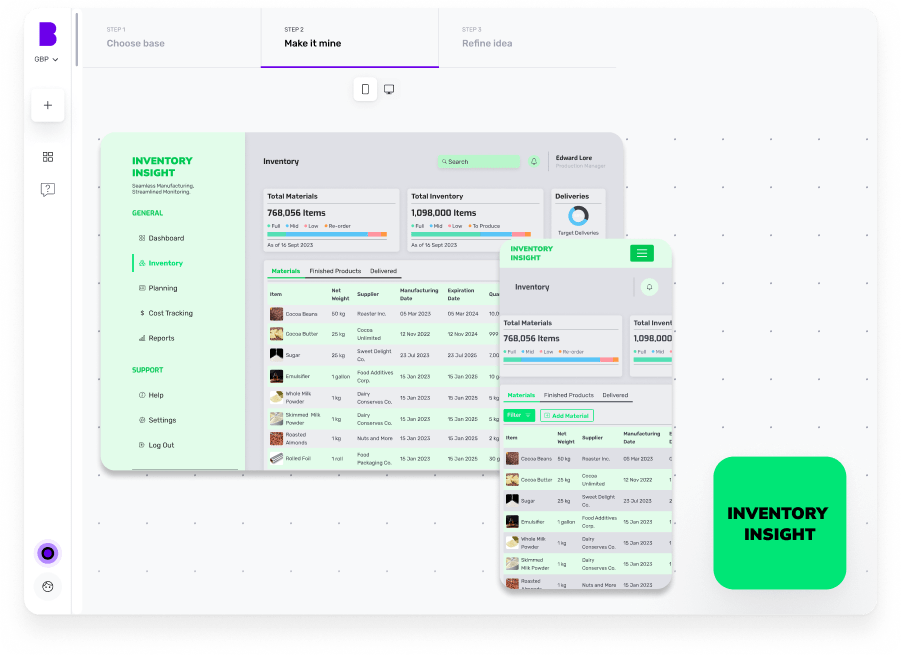
FAQ
What is enterprise application modernisation?
Enterprise application modernisation is the process of updating and improving legacy software for improved performance, adding new features and maintaining compatibility with current technologies. This helps organisations stay competitive and efficient in a rapidly evolving digital landscape.
What are the key benefits of modernising enterprise applications?
Modernising enterprise applications improves performance, adds new features, advances security, reduces maintenance costs and maintains compatibility with current technologies and drives efficiency.
How do organisations begin the modernisation journey?
Organisations begin the modernisation journey by assessing current systems, identifying pain points, setting clear goals and developing strategic plans that include phased implementation and continuous improvement.
What challenges are faced during enterprise application modernisation?
During enterprise application modernisation, organisations often face challenges such as budget constraints, resistance to change, complex legacy systems, data migration issues and the need for specialised skills and training.
What technologies support enterprise application modernisation efforts?
Technologies that support enterprise application modernisation include cloud computing, microservices, containerisation (like Docker and Kubernetes), Dev Ops tools, API management and low-code/no-code platforms. These tools help streamline processes, improve scalability and integration.
Harsh Priya is a writer at Builder.ai. She has over 3 years of experience in content marketing, spanning across fields like AI, Machine Learning, software, tech, health and lifestyle. With a background in English literature and a fervent passion for research and analysis, Harsh transforms complex concepts into compelling and insightful narratives that educate and drive significant reader engagement.

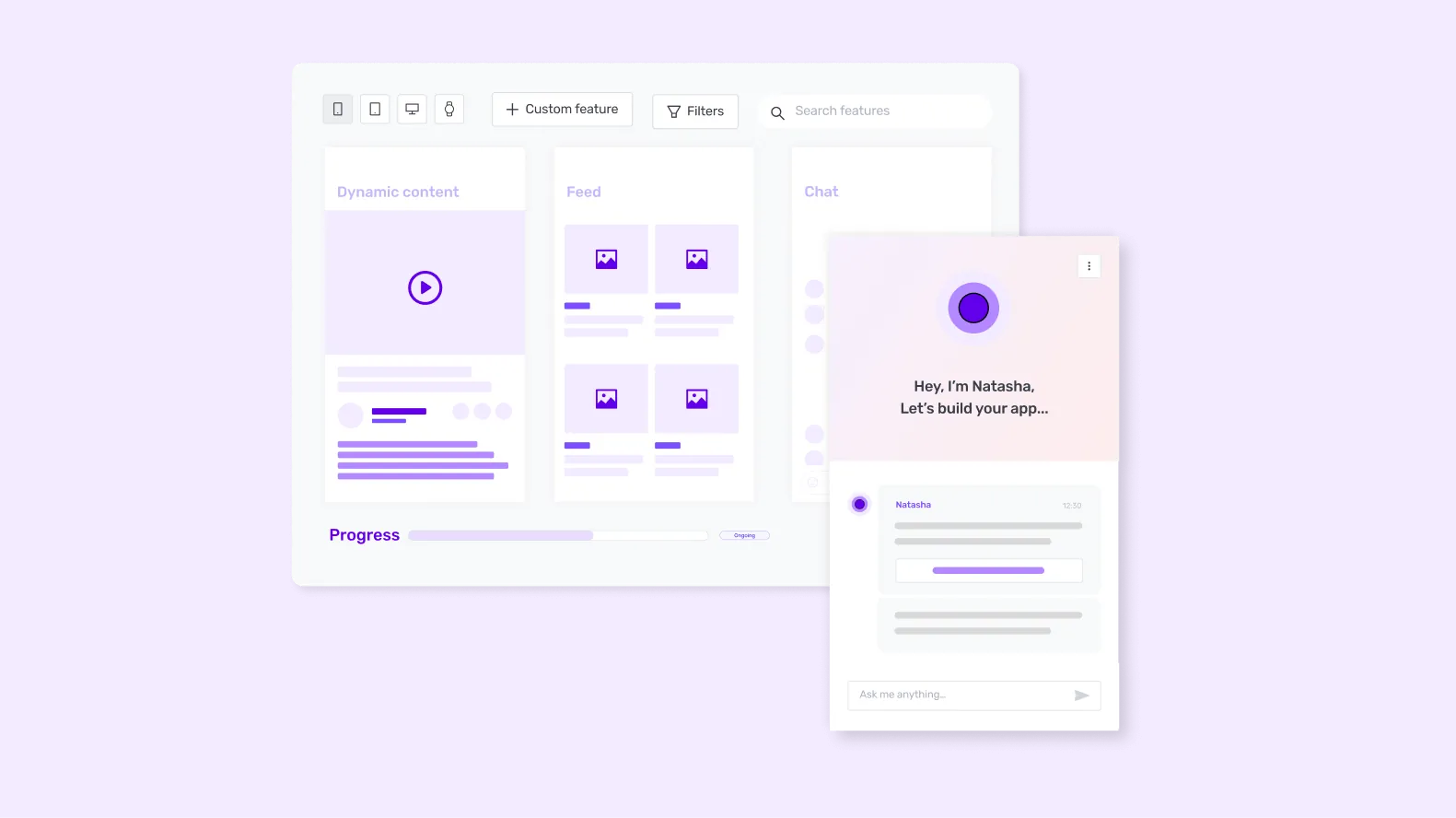


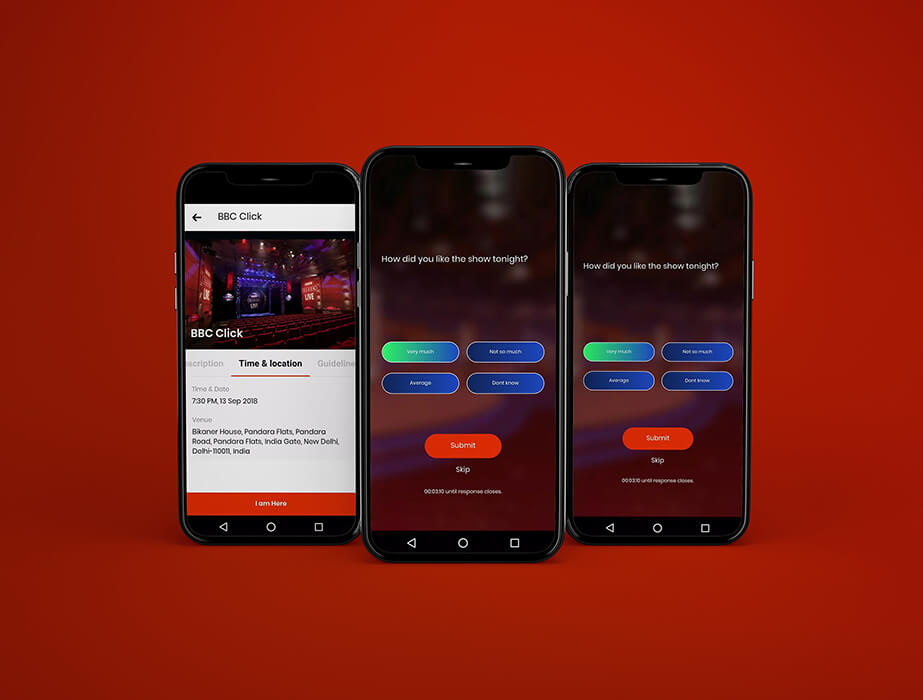

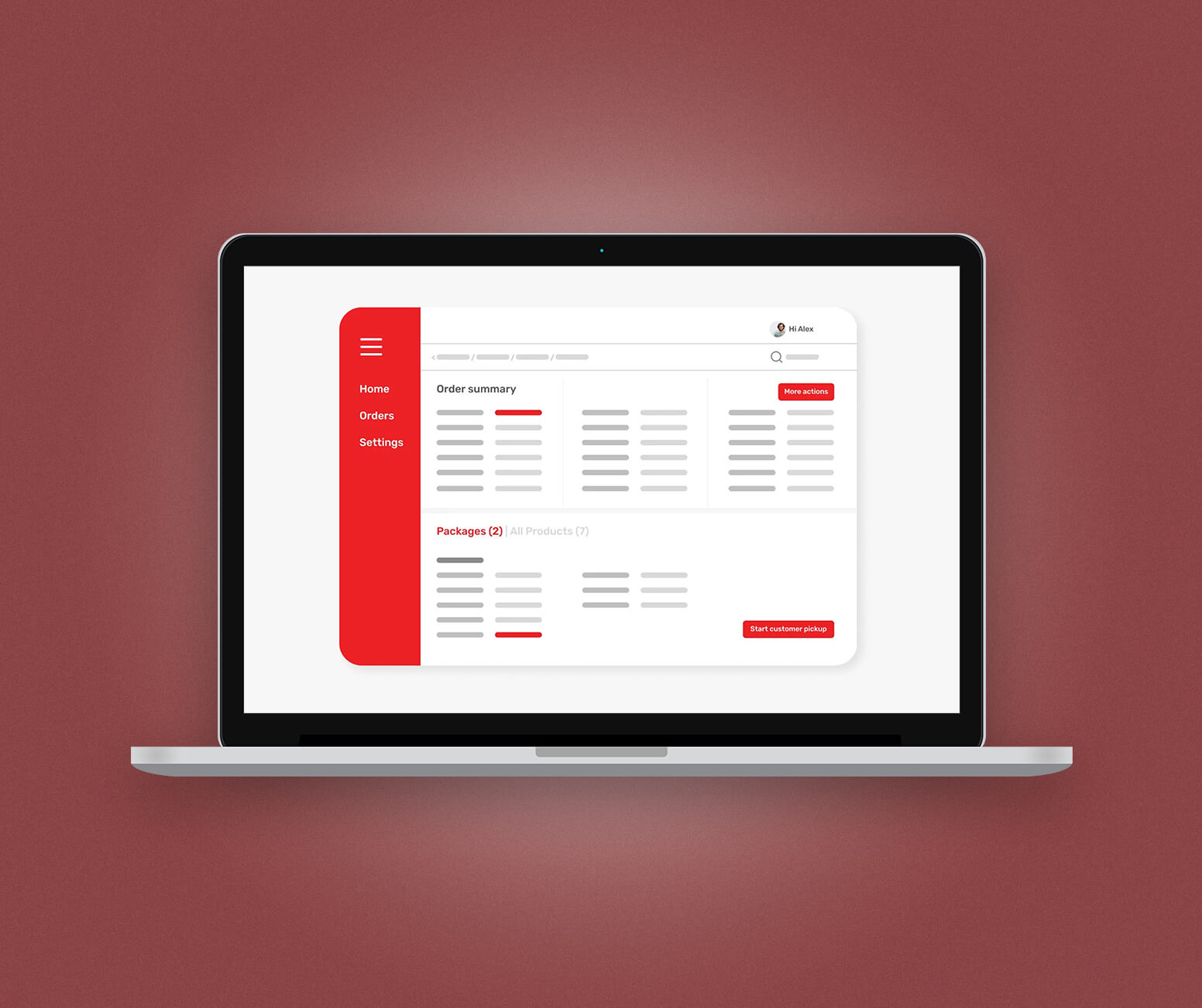

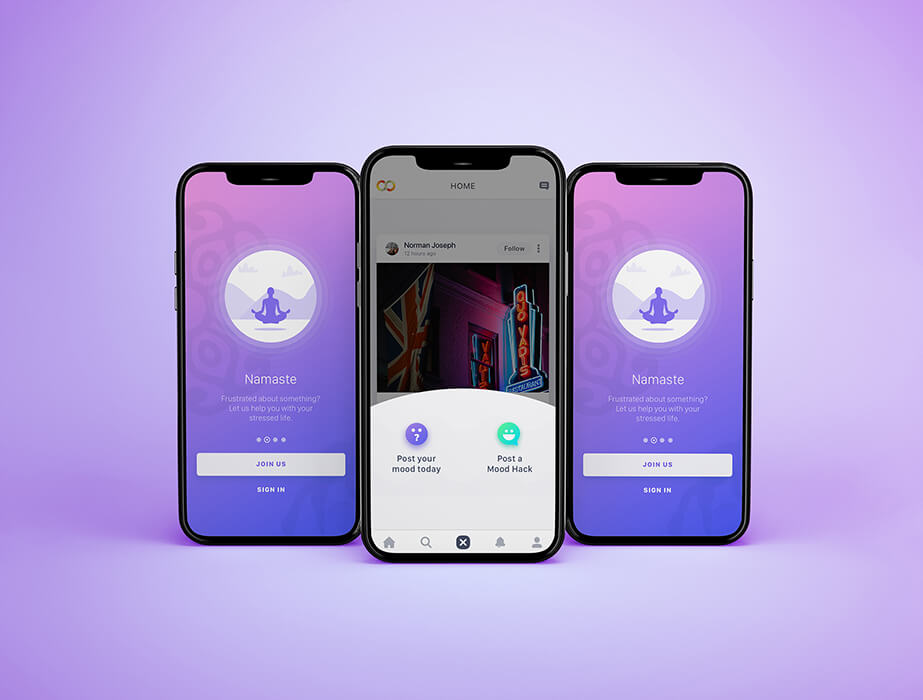

 Facebook
Facebook X
X LinkedIn
LinkedIn YouTube
YouTube Instagram
Instagram RSS
RSS
